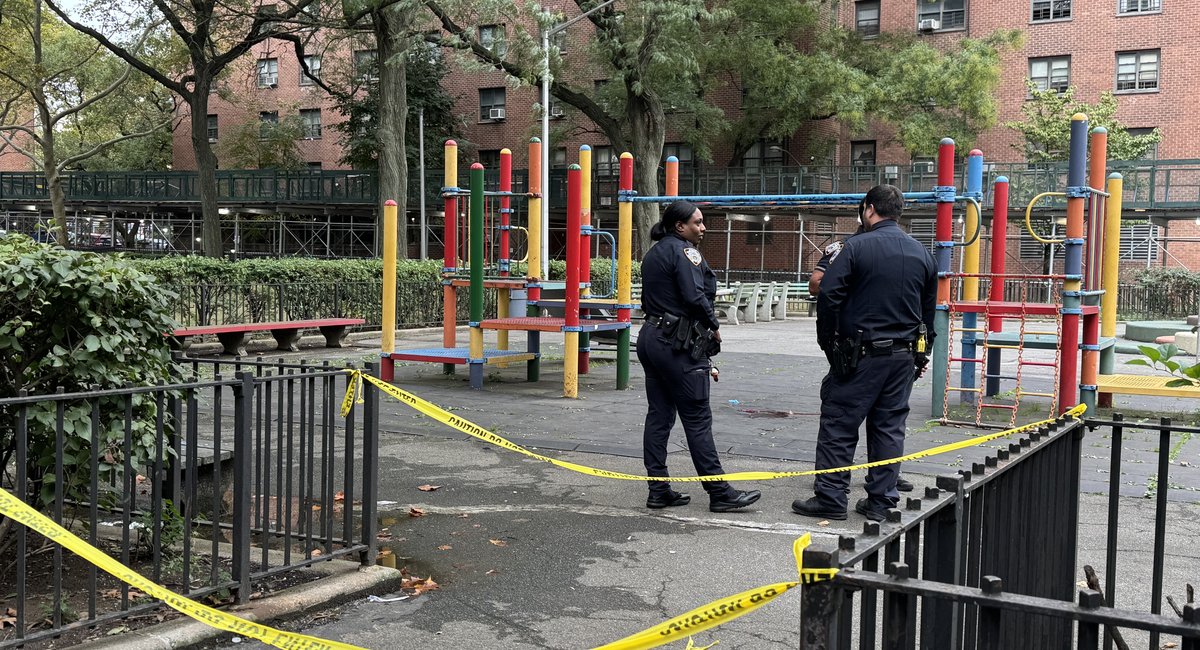New York City had twice as many homicides in September as in it did August – a significant jump, but one that experts and police officials say is not necessarily indicative of larger trends.
NYPD data shows 30 people were killed across the city in September, which is far higher than the record-low 15 homicides reported in August.
The numbers represent what statisticians call a “reversion to the mean” — or return to normal — and highlight how low August’s numbers were. The 30 homicides represent a decrease from 34 homicides in September 2023 and 43 homicides in September 2022, according to NYPD data.
Of September’s homicide victims, 27 were men, two were women and one was unaccounted for in NYPD data. Twenty-two of the victims were killed in shootings, five were killed in stabbings and two died as the result of fatal beatings, the data says.
Homicides are still down more than 11% citywide from this time last year, according to the NYPD’s CompStat database. Shooting incidents and victims are also down by single-digit percentages.
Criminologists and police officials caution against taking the month-to-month increase as a reason for alarm.
Homicide rates have long served as a reliable indicator of crime in a given city because they’re the least likely crime to go unreported, said Fritz Umbach, a professor and historical criminologist at CUNY’s John Jay College of Criminal Justice, “but in New York, as reliable as the numbers are … they’re no longer representative.”
“In the 1990s, when New York had 2,200 murders annually, then percentage changes in the number of murders were meaningful,” Umbach said. But now, there is such a low number of murders in New York that monthly fluctuations like the one from August to September can skew the percentage changes and are not reflected in larger crime trends, he said.
The crimes that are increasing this year, according to CompStat, are rape (up 14% citywide compared to this time last year), felony assault (up 5%) and robbery (up 1%).
“Some crimes are going up, some are going down,” Umbach said. “That’s another reason that looking at murders alone probably doesn’t tell you much about the state of crime in New York City.”
Rapes and robberies had previously decreased from 2022 to 2023, NYPD data shows. But felony assaults – the kinds of attacks that are likely to leave someone permanently injured or disfigured – have steadily increased every year since 2020, and researchers say that may be more likely to make New Yorkers feel unsafe.
“That’s a crime that New Yorkers in their day-to-day lives are much more likely to witness than a murder,” Umbach said.
Homicide data also shows many of the killings were concentrated in specific precincts and do not represent a citywide phenomenon.
Juan Lluverez, Rafael Vasquez, Mahmudo Jabbi and Leslie Sanchez were all killed in the Bronx’s 46th Precinct, which includes the neighborhoods of Fordham, University Heights, Morris Heights and Mount Hope. The area has bucked citywide trends – murders there have increased by more than 100% this year, with 23 people killed so far in 2024 compared to 11 in 2023.
CompStat data also shows that murders and shootings have increased significantly in Brooklyn’s 77th Precinct, where Donnell Thomas died in a shooting in front of his home and Denzel Chan was shot at the West Indian Day Parade.
But the numbers still remain comparatively low – 10 people have been murdered in the precinct so far this year, far below the 20 people killed there in 2020.
Gothamist reported this year that most of the city’s shootings are concentrated on specific blocks, where local rivalries contribute to much of the back-and-forth violence.
Denise Davis holds a photos of her son, Shaquille, with his 8-year-old son.
Brittany Kriegstein / Gothamist
September’s final homicide
Blood was still drying on the playground at NYCHA’s Lafayette Gardens complex on the border of Bed-Stuy and Clinton Hill when the NYPD sent out an email alert about a homicide there. It was the city’s last homicide in September.
Shaquille Davis, 32, was gunned down around 5:20 p.m. on Monday while catching up with friends on his way home from his construction job, according to his mother Denise Davis. Two of the men he’d been standing with were also injured in the hail of bullets.
“He wasn’t no street kid. He worked to take care of his son, be there for his son. As he’s supposed to do,” Denise Davis said tearfully. “He didn’t deserve this. It wasn’t meant for him. But it happened to him.”
By Friday, police had still not made an arrest in Davis’ murder, and had no description of the suspect. And for Denise Davis, the city’s decreasing homicide rates didn’t seem to make a difference in her neighborhood.
“Back in the days, we used to always have a cop here. On the beat. And he got along with the people in the community,” she said. “We would be able to talk to him about things. If something happened, we would let him know. But now, people are so afraid to talk to the police because you can’t talk to the police.”
The NYPD did not immediately respond to a request for comment about whether its policing strategies in the housing complex have changed.
As Denise Davis spoke about mourning her son, she said she also thought more programs for the community’s young people could help dissuade them from participating in violence.
“Find something for these young people to get into …. [that] keeps their mind going instead of letting somebody else manipulate them into doing their dirt,” she said.
